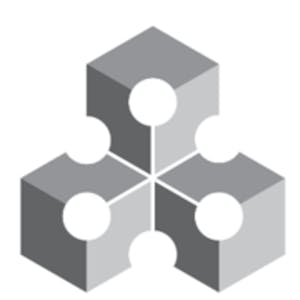Network Dynamics of Social Behavior
How do revolutions emerge without anyone expecting them? How did social norms about same sex marriage change more rapidly than anyone anticipated? Why do some social innovations take off with relative ease, while others struggle for years without spreading? More generally, what are the forces that control the process of social evolution –from the fashions that we wear, to our beliefs about religious tolerance, to our ideas about the process of scientific discovery and the best ways to manage complex research organizations? The social world is complex and full of surprises. Our experiences and intuitions about the social world as individuals are often quite different from the behaviors that we observe emerging in large societies. Even minor changes to the structure of a social network - changes that are unobservable to individuals within those networks - can lead to radical shifts in the spread of new ideas and behaviors through a population. These “invisible” mathematical properties of social networks have powerful implications for the ways that teams solve problems, the social norms that are likely to emerge, and even the very future of our society.
This course condenses the last decade of cutting-edge research on these topics into six modules. Each module provides an in-depth look at a particular research puzzle -with a focus on agent-based models and network theories of social change -and provides an interactive computational model for you try out and to use for making your own explorations!
Learning objectives - after this course, students will be able to…
- explain how computer models are used to study challenging social problems
- describe how networks are used to represent the structure of social relationships
- show how individual actions can lead to unintended collective behaviors
- provide concrete examples of how social networks can influence social change
- discuss how diffusion processes can explain the growth social movements, changes in cultural norms, and the success of team problem solving
None
Syllabus
Syllabus - What you will learn from this course
Week 1
Course Introduction and Schelling’s Segregation Model
Week 2
Diffusion in Small Worlds
Week 3
Complex Contagions and the Weakness of Long Ties
Week 4
Emperor’s Dilemma and the Spread of Unpopular Norms
Week 5
The Spontaneous Emergence of Conventions
Week 6
Problem Solving in Networks
FAQ
When will I have access to the lectures and assignments?
Access to lectures and assignments depends on your type of enrollment. If you take a course in audit mode, you will be able to see most course materials for free. To access graded assignments and to earn a Certificate, you will need to purchase the Certificate experience, during or after your audit. If you don't see the audit option:
What will I get if I purchase the Certificate?
When you purchase a Certificate you get access to all course materials, including graded assignments. Upon completing the course, your electronic Certificate will be added to your Accomplishments page - from there, you can print your Certificate or add it to your LinkedIn profile. If you only want to read and view the course content, you can audit the course for free.
Is financial aid available?
Yes. In select learning programs, you can apply for financial aid or a scholarship if you can’t afford the enrollment fee. If fin aid or scholarship is available for your learning program selection, you’ll find a link to apply on the description page.
Reviews
Great content and short/objective videos. One only comment is that, sometimes, the implementation of the models is a bit unclear.
Great course for beginners - simple to understand and changes the way you think about communication networks.
Fantastic course! Very good introduction to network dynamics for someone who has never explored this field of research.
I have never learned agent model in social network courses in graduate school. This course brings me up to date about the aggregate effects of unintended individual behaviors
